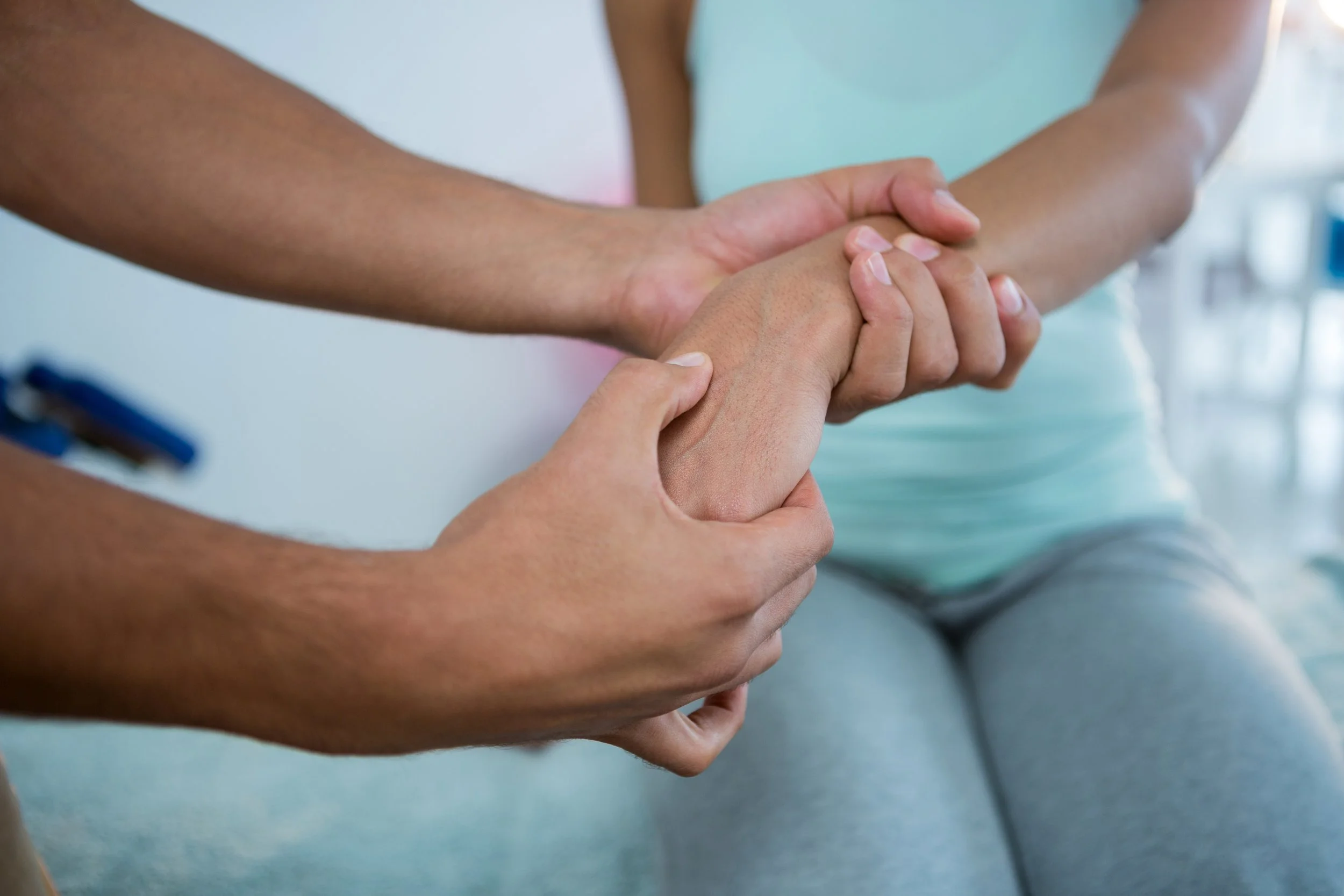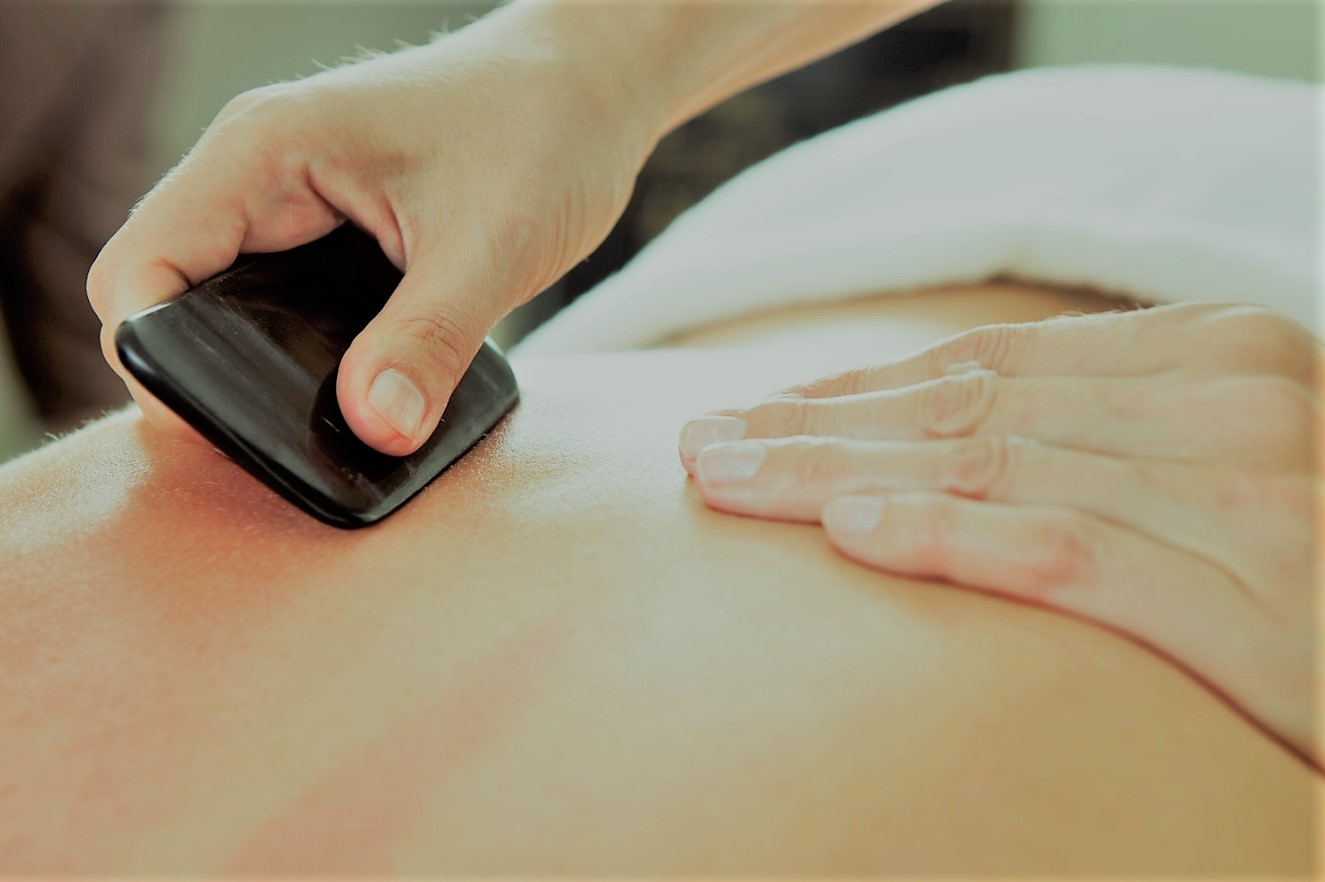What is gua sha?
Gua sha is a natural, alternative therapy that involves scraping your skin with a massage tool to improve your circulation. This ancient Chinese healing technique may offer a unique approach to better health, addressing issues like chronic pain.
In gua sha, a technician scrapes your skin with short or long strokes to stimulate microcirculation of the soft tissue, which increases blood flow. They make these strokes with a smooth-edged instrument known as a gua massage tool. The technician applies massage oil to your skin, and then uses the tool to repeatedly scrape your skin in a downward motion.
Gua sha is intended to address stagnant energy, called chi, in the body that practitioners believe may be responsible for inflammation. Inflammation is the underlying cause of several conditions associated with chronic pain. Rubbing the skin’s surface is thought to help break up this energy, reduce inflammation, and promote healing.
Gua sha is generally performed on a person’s back, buttocks, neck, arms, and legs. A gentle version of it is even used on the face as a facial technique. Your technician may apply mild pressure, and gradually increase intensity to determine how much force you can handle.
BENEFITS
What are the benefits of gua sha?
Gua sha may reduce inflammation, so it’s often used to treat ailments that cause chronic pain, such as arthritis and fibromyalgia, as well as those that trigger muscle and joint pain.
Gua sha may also relieve symptoms of other conditions:
1. Hepatitis B
Hepatitis B is a viral infection that causes liver inflammation, liver damage, and liver scarring. Research suggests that gua sha may reduce chronic liver inflammation.
One case study followed a man with high liver enzymes, an indicator of liver inflammation. He was given gua sha, and after 48 hours of treatment he experienced a decline in liver enzymes. This leads researchers to believe that gua sha has the ability to improve liver inflammation, thus decreasing the likelihood of liver damage. More research is underway.
2. Migraine headaches
If your migraine headaches don’t respond to over-the-counter medications, gua sha may help. In one study, a 72-year-old woman living with chronic headaches received gua sha over a 14-day period. Her migraines improved during this time, suggesting that this ancient healing technique may be an effective remedy for headaches. More research is needed.
3. Breast engorgement
Breast engorgement is a condition experienced by many breastfeeding women. This is when the breasts overfill with milk. It usually occurs in the first weeks of breastfeeding or if the mother is away from the infant for any reason. Breasts become swollen and painful, making it difficult for babies to latch. This is usually a temporary condition.
In one study, women were given gua sha from the second day after giving birth up until leaving the hospital. The hospital followed up with these women in the weeks after giving birth and found that many had fewer reports of engorgement, breast fullness, and discomfort. This made it easier for them to breastfeed.
4. Neck pain
Gua sha technique may also prove effective for remedying chronic neck pain. To determine the effectiveness of this therapy, 48 study participants were split into two groups. One group was given gua sha and the other used a thermal heating pad to treat neck pain. After one week, participants who received gua sha reported less pain compared to the group that didn’t receive gua sha.
5. Tourette syndrome
Tourette syndrome involves involuntary movements such as facial tics, throat clearing, and vocal outbursts. According to a single case study, gua sha combined with other therapies may have helped to reduce symptoms of Tourette syndrome in the study participant.
The study involved a 33-year-old male who had Tourette syndrome since the age of 9. He received acupuncture, herbs, gua sha, and modified his lifestyle. After 35 once-a-week treatments, his symptoms improved by 70 percent. Even though this man had positive results, further research is needed.
6. Perimenopausal syndrome
Perimenopause occurs as women move closer to menopause. Symptoms include:
insomnia
irregular periods
anxiety
fatigue
hot flashes
One study, however, found that gua sha may reduce symptoms of perimenopause in some women.
The study examined 80 women with perimenopausal symptoms. The intervention group received 15 minute gua sha treatments once a week in conjunction with conventional therapy for eight weeks. The control group only received conventional therapy.
Upon completion of the study, the intervention group reported greater reduction of symptoms such as insomnia, anxiety, fatigue, headaches, and hot flashes compared to the control group. Researchers believe gua sha therapy might be a safe, effective remedy for this syndrome.
SIDE EFFECTS
Does gua sha have side effects?
As a natural healing remedy, gua sha is safe. It’s not supposed to be painful, but the procedure may change the appearance of your skin. Because it involves rubbing or scraping skin with a massage tool, tiny blood vessels known as capillaries near the surface of your skin can burst. This can result in skin bruising and minor bleeding. Bruising usually disappears within a couple of days.
Some people also experience temporary indentation of their skin after a gua sha treatment.
If any bleeding occurs, there’s also the risk of transferring bloodborne illnesses with gua sha therapy, so it’s important for technicians to disinfect their tools after each person.
Avoid this technique if you’ve had any surgery in the last six weeks.
People who are taking blood thinners or have clotting disorders aren’t good candidates for gua sha.
TAKEAWAY
When conventional therapies don’t improve your symptoms, research suggests that gua sha may be able to provide relief.
This technique may appear straightforward and simple, but it should only be performed by a licensed acupuncturist or practitioner of Chinese medicine. This ensures a safe, proper treatment. More research is needed, but there are few risks associated with this massage technique.
Whoever you choose, make sure that person has a certification in gua sha. Certification confirms they have basic knowledge of this healing practice. Using a professional improves the effectiveness of the treatment and reduces the risk of pain or severe bruising from excessive force.
This article originally appeared on healthline.com
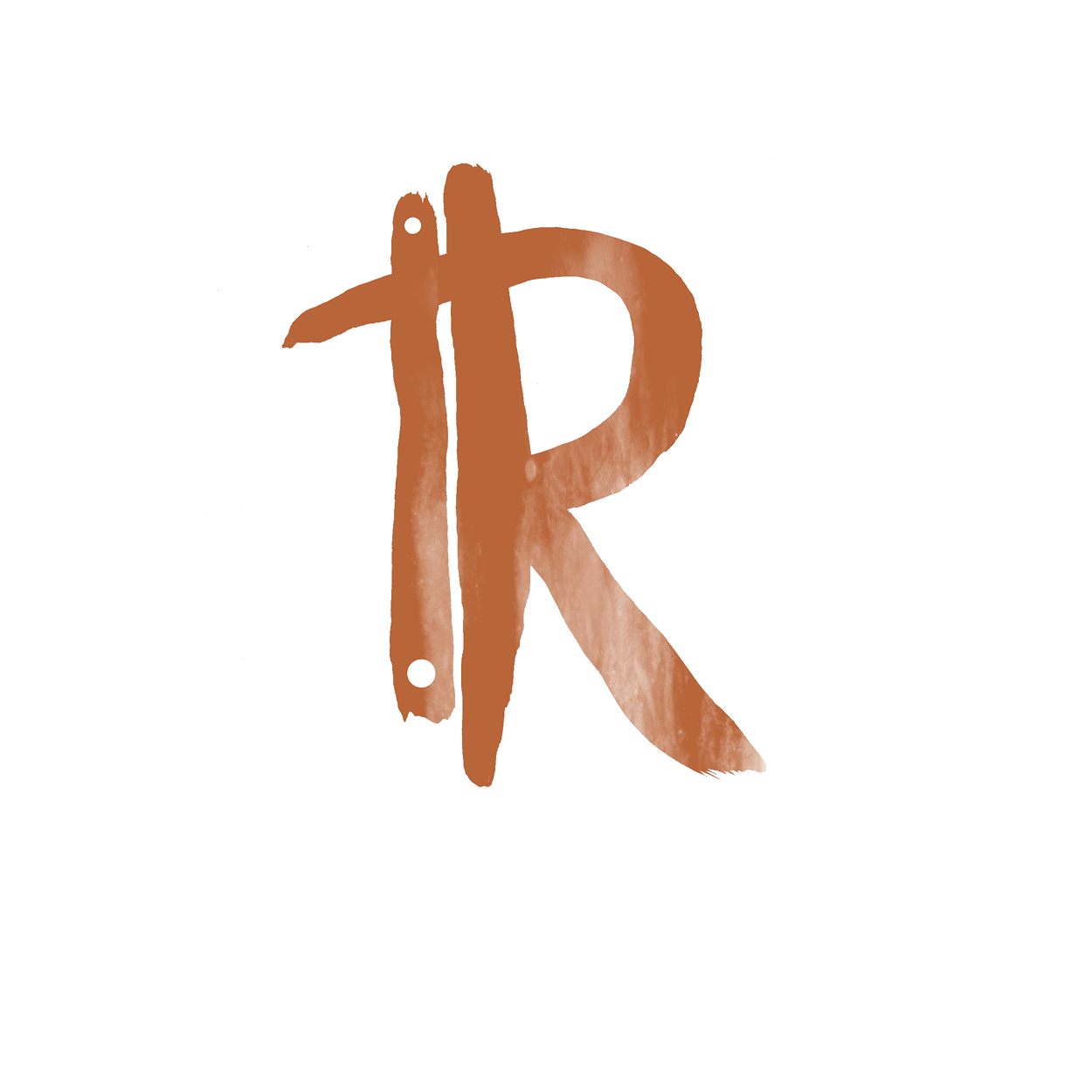





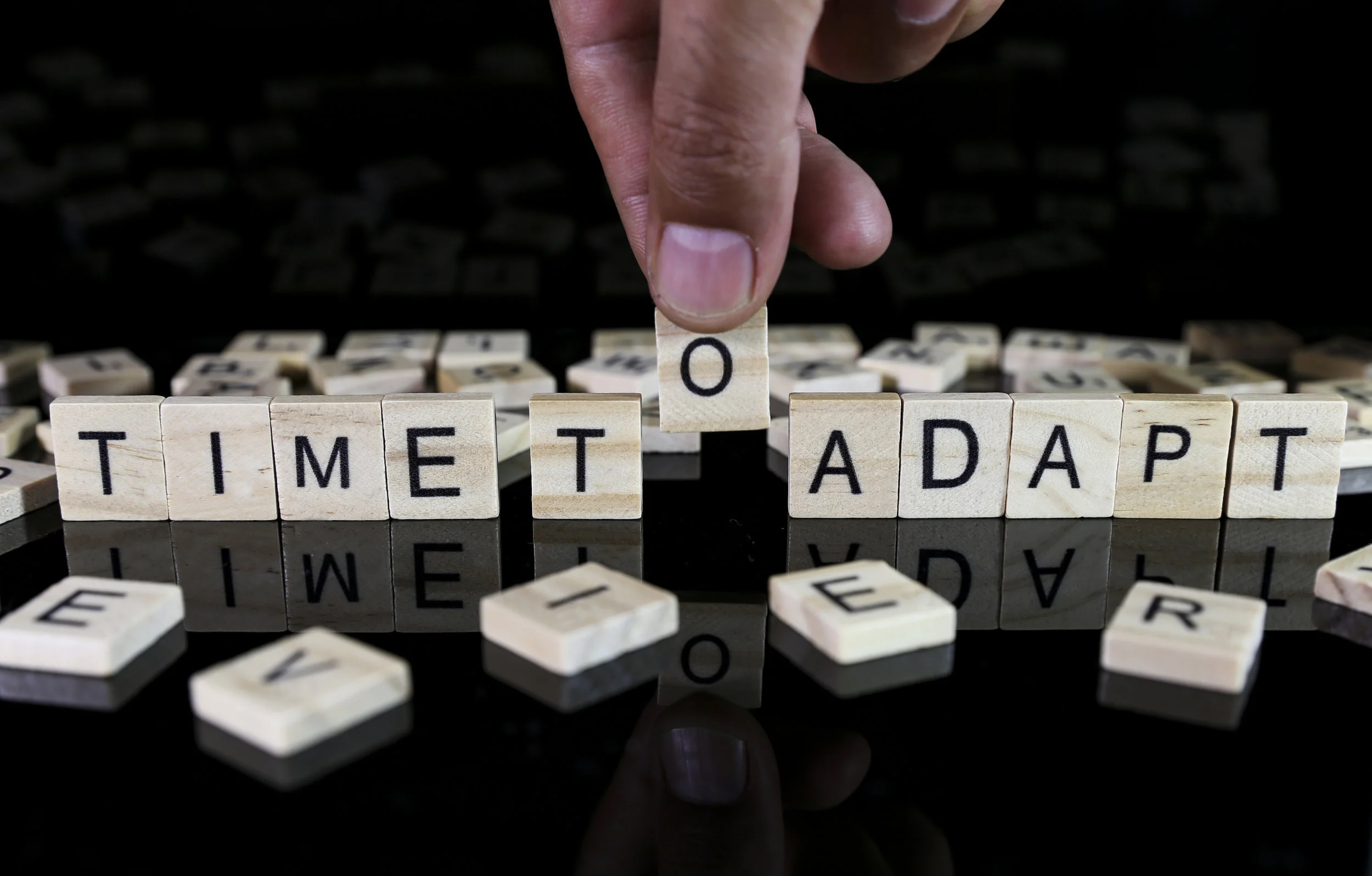
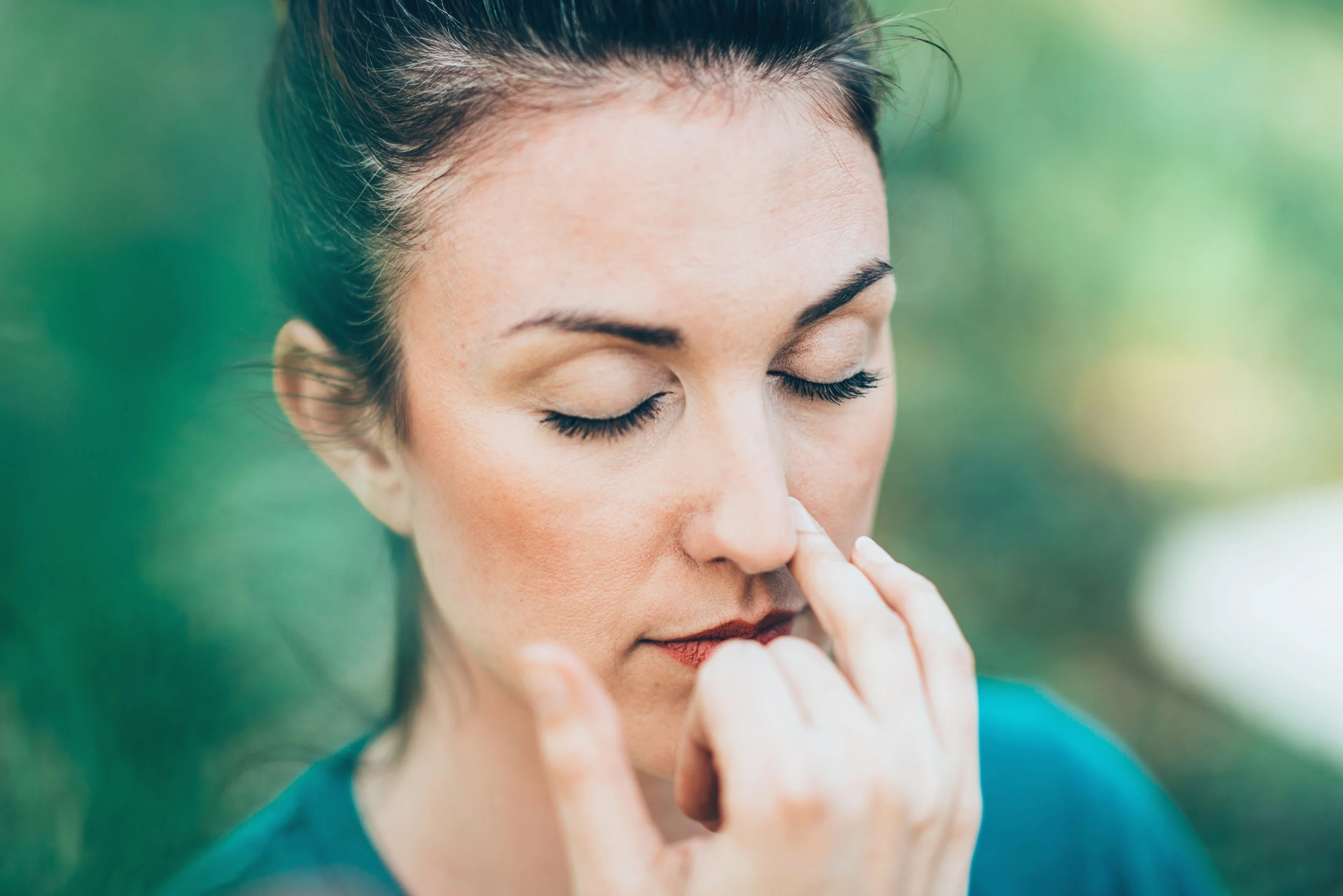



![Self-regulation “control [of oneself] by oneself"](https://images.squarespace-cdn.com/content/v1/55563e14e4b01769086817cb/1542845645966-PO2HGKF5JLUBM45UIWQ3/wee-lee-790761-unsplash.jpg)


